Titchmarsh was the family name of Tony’s matrilineal grandparents, who lived until the mid 1960’s and contributed to this history through stories told to a young Tony.
Some 25km’s West of Huntingdon, but in Northhamptonshire, lies a village named Titchmarsh and the derivation of the name is claimed to relate back to Roman times 54BC, when a Roman General Ticcea claimed ownership of the land in the area, which was frequently inundated and became known as Ticcea’s Marsh or Ticcea’s Merse. In the Doomsday book (1086) the village is mentioned and recorded as Ticemerse. In regard to the use of Titchmarsh as a family name; the earliest appears to be John de Tichermershe as listed in the Rolls (1273). So the family name Titchmarsh, with a few variations in spelling, is believed to be a locational derivation from this area or village. Titchmarsh is a relatively rare name and families in this part of England are concentrated in Huntingdonshire (35%) and to a lesser extent in Cambridgeshire (9%) and Northhamptonshire (4%).
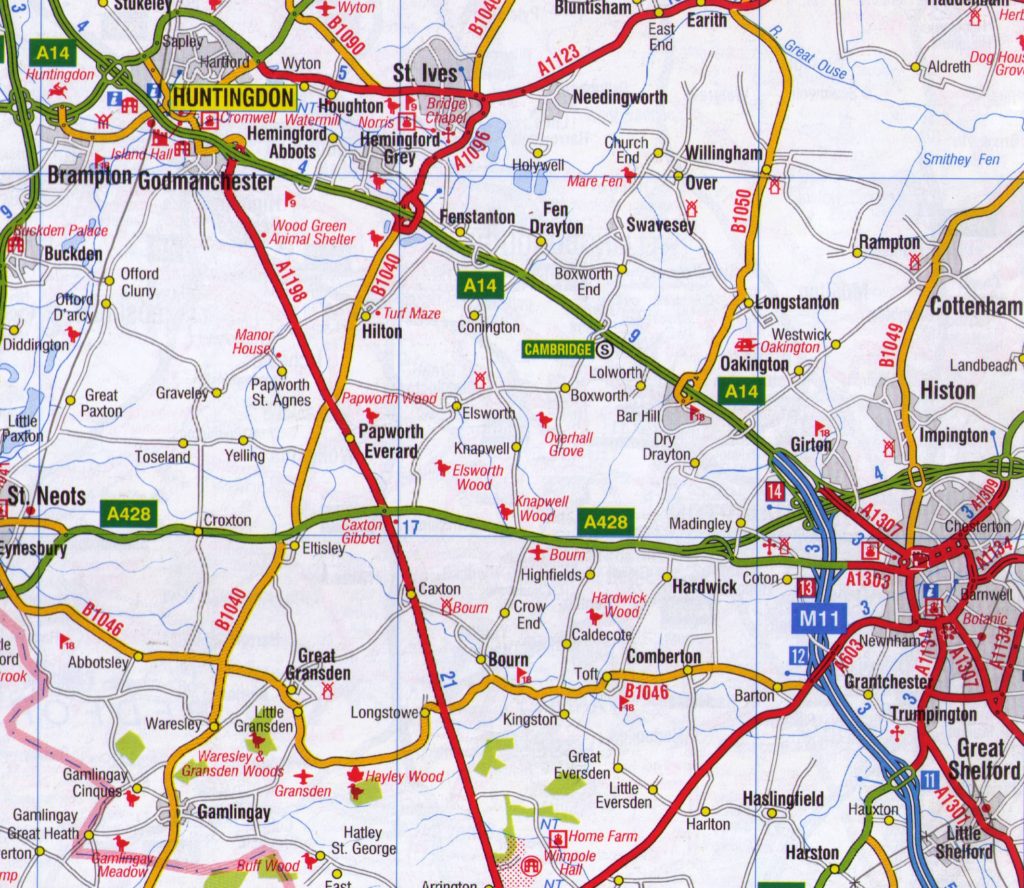
FARM LABOURERS AND DOMESTIC SERVANTS
Our Titchmarsh family story begins in the late 1700’s around Bourne, Cambridgeshire. Bourn is a small town lying 12kms West of Cambridge and which is central to numerous small villages lying within a radius of 10kms that all have Titchmarsh families as residents in the mid 18th Century. Bourn is also 15kms South-east of Huntingdon. Although beginning in Bourn, the Titchmarsh story moves, in the next 25 years to Huntingdonshire, as it was, and the village of Hemingford Abbotts. This village is situated about 2 km east of the townships of Huntingdon and St Ives, but in the 21st Century is probably a suburb of the greater Huntingdon and St Ives urban area.
Our story begins with Thomas Titchmarsh b1725 and who was married to Sarah Butler, also from Bourn and who was born in 1726. Thomas had married Sarah in 1749 and they had several children, one of whom they named Thomas and he was born in 1750. This first son Thomas stayed in Bourne and like his father worked as a farm labourer for a local farmer running 360 acres. In 1771 Thomas married another Sarah from Bourn.
This Thomas and Sarah continued to live in Bourn and their first boy child they named William and he was born in 1771. William was preceeded by his sister Sarah in 1868 and followed by his sister Ann b1773.
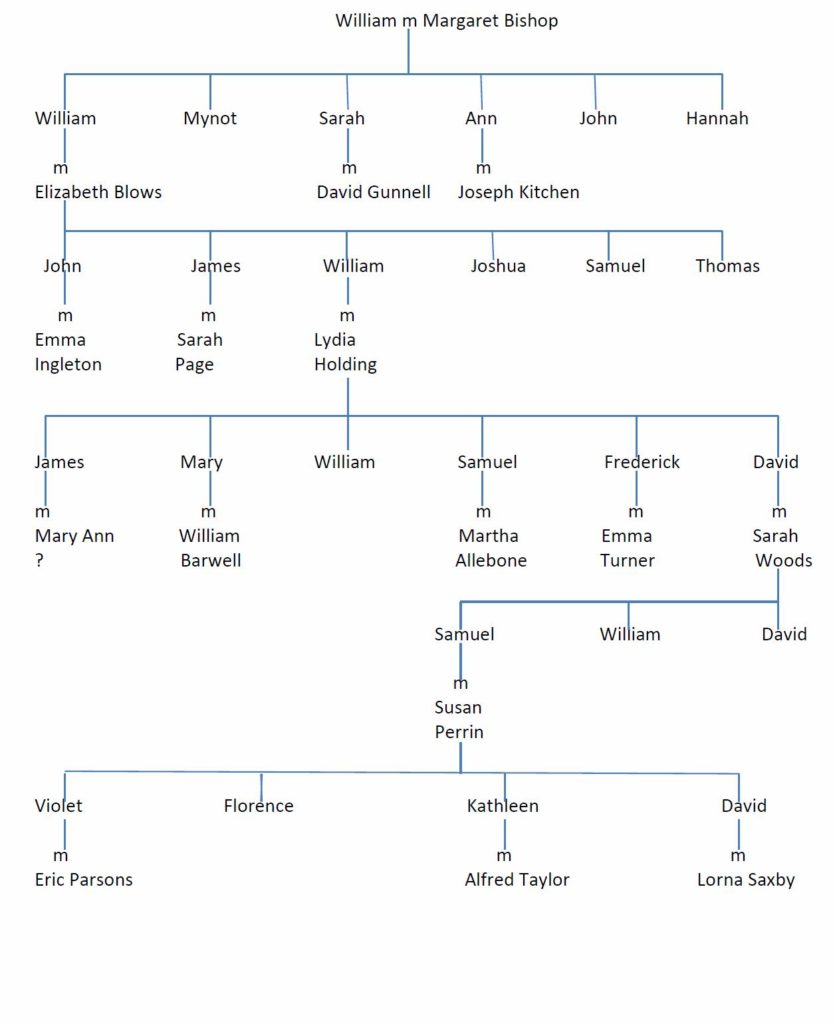
William, of course, worked on the land and in 1791 he married Margaret Bishop, who was very pregnant, in September 1791. Margaret was also from Bourn delivered their first child, exactly 3 weeks later. This child was baptised in October and named William, what a surprise! Being the adventurous type William decided to leave Bourn and settle his family in Kingston, a 2km walk to this adjoining village. In Kingston the couple had five more children and they were Mynot b1793, Sarah b1795, Ann b1797, John b1799 and Hannah b1801. Hannah died at birth and John when he was 2 years old. Sarah married David Gunnell from Milton, Cambridgeshire and they had four children. Ann married Joseph Kitchen of Leicestershire and they had one child.
Eldest child William, as expected, followed his father into farm labouring and at 24 years married Elizabeth Blows in March 1815. Elizabeth was born in 1776 and her parents were Robert and Susanna Blows from the same district. Even more adventurous than his father William and Elizabeth, immediately after marrying, moved to live at Hemingford Abbotts, a 15km trip into then Huntingdonshire.
William and Elizabeth had six children, all born in Hemingford Abbotts. William was an agricultural labourer so the move was not unusual. Hemingford Abbotts, Hemingford Grey and St Ives are villages immediately East of Huntingdon. The couple’s six children were John b1815, James b1817, William b1818, Joshua b1819, Samuel b1823 and Thomas b1825. Surprisingly, son William will again continue our family line.
Of the other children of William and Elizabeth, Samuel died at 3 years and Joshua at 11 years and Thomas remained single but living in the same area throughout his life. James married Sarah Page of Hemingford Grey and they had eight children; James b1843, Susan b1845, Samuel b1847 Rachel b1850, Thomas b1852, Anna b1855, Jane b1858 and Frederick 1864. All of the children were born and most continued to live in the Hemingford-St Ives area.
So that leaves us with John b1815. John, an agricultural labourer, married Sarah Ballard from Earith, Huntingdonshire and they had six children; Elizabeth b1840, Jane b1842, Ann b1844, twins Henry and Sarah b1896, died at birth, John b1849 and James b1851. No detailed searches have been conducted but we do know that John junior in 1871 was living at Comberton, Cambridgeshire and was a coprolite digger. That he was digging fossilised excrement!! The importance of coprolite as a base for phosphate fertilisers was discovered in 1842 and industrial scale production was begun by Fison’s at several Cambridgeshire sites. John eventually moved to Leeds, Yorkshire, where he met and married Emma Ingleton and they had eight children, settling in Whitkirk and then Seacroft. Their eight children were George b1880, Sarah b1885, James b1886, William b1889, Robert b1992, Henry b1995, Albert b1897 and Emma 1899.
We also know that John’s son James b1851 married and moved to Brampton, Huntingdonshire. He married Matilda Newland from Brampton, and they lived in that village with James working as an agricultural labourer or nurseryman at least until 1911. They had six children, John b1872, James b1876, Minnie b1884, Annie b 1886, Doris Violet b 1895, Walter b1898.
So, back to our family line and William and Elizabeth’s son William b1818. William in 1847, at the age of 29, married Lydia Holding b1820, of Knapwell, Huntingdonshire. Knapwell is about 8 km south of Hemingford but only 2km north of Bourne. They continued to live in Hemingford Abbotts and William was employed as an agricultural labourer or yardman until he died in 1881 and Lydia in 1898.
William and Lydia had six children and they were James b1843, Mary b1847, William b1853, Samuel b1855, Frederick b1859, and David b1862. So what do we know about these children? Well, firstly, James married Mary Ann from Bristol and moved eventually to Fulham, London, and that’s all we know. Sister Mary married William Barwell and they also moved to and lived in London and had two children in Bethnal Green, and they were William b1871 and Alfred b1876. Mary Ann died in 1881.
William and Lydia’s son William remained single and continued to live as an agricultural labourer in Hemingford Abbotts. Son Samuel at 18 years married in 1873, Martha Ann Allebone (b1853) of Hemingford Abbotts. Samuel had been employed as an agricultural labourer since leaving school at 13 years but by 1881 had become a signalman with the Great Northern Railway (GNR) and the couple had three children, Harriet, Louisa and Florence and had moved to Essendine, Rutland, about 40 km North of Hemingford. By 1901 Samuel had progressed to Engine Driver and the family were now living in Nottingham, at Arnold. Martha and Florence were living here and working as charwoman and laundress respectively.
Son Fred, again, was an agricultural labourer and he married Emma Turner b1858 from Needingworth in 1879. After living and working in Hemmingford Abbotts for a number of years they moved to Dunmow in Essex around 1893 and then to Bishops Stortford, Hertfordshire before 1911. They had eight children, who were James b1875, Elizabeth b1880, William b1882, Fred b1884, Ada b1887, Tom b1894, George b1890 and Lydia b1894.
FLOUR MILL LABOURER IN HEMINGFORD AND SHELFORD
David the younger son of William and Lydia will continue our family line.David was born in 1862 and continued like his brothers as an agricultural labourer around the Hemingford Abbotts area until the late 1880’s.
David married Sarah Emma Woods at St Ives, Huntingdonshire in May 1888. From the 1870’s David’s mother Lydia had lived at High St, Hemmingford Abbots. In 1881 and 1891 David and Sarah Emma lived with her. David was working as a labourer at the local flour mill. In 1891 they had Samuel, 2 years, born 1888 and Willie, 10 months, born 1890, living with them. Then, Sarah Emma died in October 1892, Their third child David was born in October 1892, which suggests that Sarah Emma may have died in childbirth.
Widower David was remarried a year later to Sarah Sibbold, around April 1893 and again at St Ives. David and Sarah Sibbald had no children. Sarah already had a daughter from an earlier relationship. We believe her name was Ellen b1886. We know that in 1891 Sarah Sibbold, who was born in St Ives, was still working as a live in domestic servant in Worthing, Norfolk.
Surprisingly, shortly after the death of his mother, David and Sarah moved to Great Shelford, Cambridgeshire at some point between 1893 and 1901. We have no information on why they made this move.
In 1901 the Census shows that David has moved from St Ives to Great Shelford, Cambridgeshire and was now a boarder with the Woodhouse family in Granham’s Road. Mr Woodhouse was a shepherd. David is 40 years old at this point and has the three sons, Samuel, William and David, living with him, but not Sarah.
In the 1911 Census David has moved again and is now living at Station Rd, Great Shelford, and the family is together. In the same Census a three year old grandchild, Hilda May Sibbald, is also shown as living at the Station Rd house; this is the daughter of Sarah’s daughter Ellen. Hilda May, it appears, was born in Great Shelford at the Station Rd house.
David was a tenant in this house, which was owned by the local dairy farmer Robinson and the family continued living there until eldest son Samuel died in 1966. It was demolished shortly after this in 1967.
At this point it is necessary to recap a little bit for the sake of continuity of the narrative. In the late 1870’s David commenced work at the local St Ives Flour Mill. In and around 1887 he married Sarah Emma Woods. Sarah Emma died, probably in child birth in 1892, and within a year David married Sarah Sibbold who was in domestic service in Norfolk and a widow, with a child Ellen, but was from Hemingford Abbotts and probably well known to David. This seems to be another of those strategic decisions taken to survive in hard times. After 1893 and prior to 1901 the family moved to Great Shelford, Cambridgeshire, where David went to work at the local Shelford Flour Mill as a Mill Labourer, as did his elder son Samuel. In 1908 Ellen (Sibbold), who was 22 years and unmarried, gave birth to a daughter Hilda May. The birth was registered in Great Shelford. There is no record of Ellen having lived with David and Sarah but we do know that she was in domestic service after 1911, living at Kingston, Surrey.
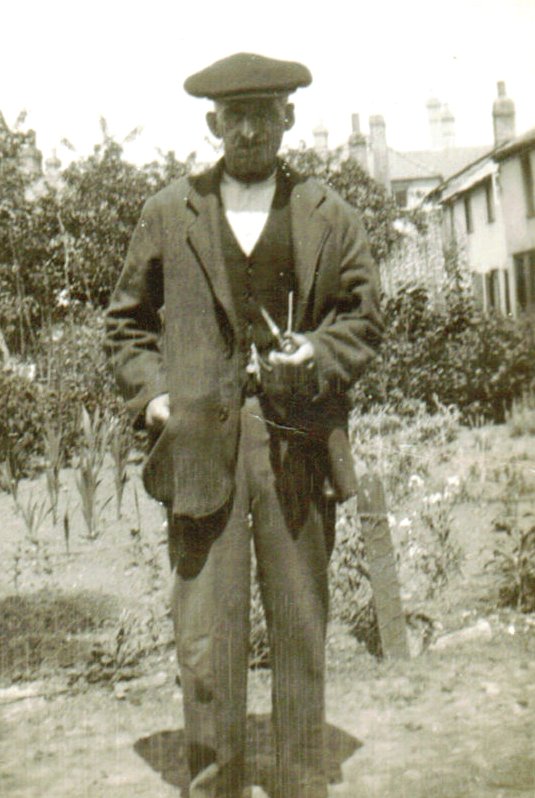
Sarah (Sibbold) Titchmarsh died in November 1912 but David lived, with his son Samuel, in the same Station Rd (became Woollards Lane) house until he died in 1941. It is likely that Hilda also stayed in the Woollards Lane house, as her mother was in domestic service, until grandmother Sarah died or at least until eldest son Samuel married in 1913. At this point, aged 5 years, she probably left to live with he mother.
So what do we know about David and Sarah’s sons? Samuel the elder continues our family line, so what of the younger brothers William and David. William b1891 worked at the local dairy farm, owned by the Robinson family, after the family arrived in Great Shelford. In 1921 William married Violet Dimmock from Leighton Buzzard, Bedfordshire, where he lived and worked until he died in 1966.
MILITARY SERVICE ENDS A LIFE ON FOREIGN SOIL.
In 1911 youngest son David was 17 years and working as a Hurdle Maker for a Great Shelford farmer. In 1917 David became a Private in the 1st Bn., Cambridgeshire Regiment, posted to Flanders he was killed in the trenches at Ypres on the 31st July 1917. He was buried at Ypres and his memorial (Panel 50, 52) is on the Menin Gate, Leper, West Vlaanderen, Belgium.
Samuel married Susan Jane Perrin at the Parish Church, Kirtling on May 12th 1913 with the marriage being registered at Newmarket. Susan’s Uncle Ben was a witness at the marriage.
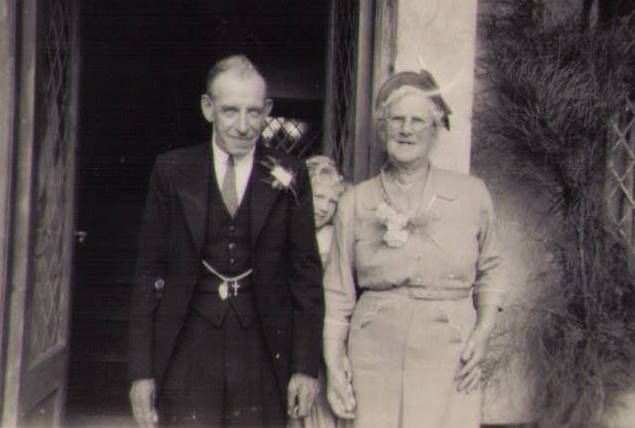
After the wedding Samuel continued to work as a Mill Labourer at the Great Shelford Flour Mill and the couple continued to live at 33 Woollards Lane. In early 1914 Samuel changed jobs and went to work as a labourer at the Distemper and Adhesives factory in Stapleford.
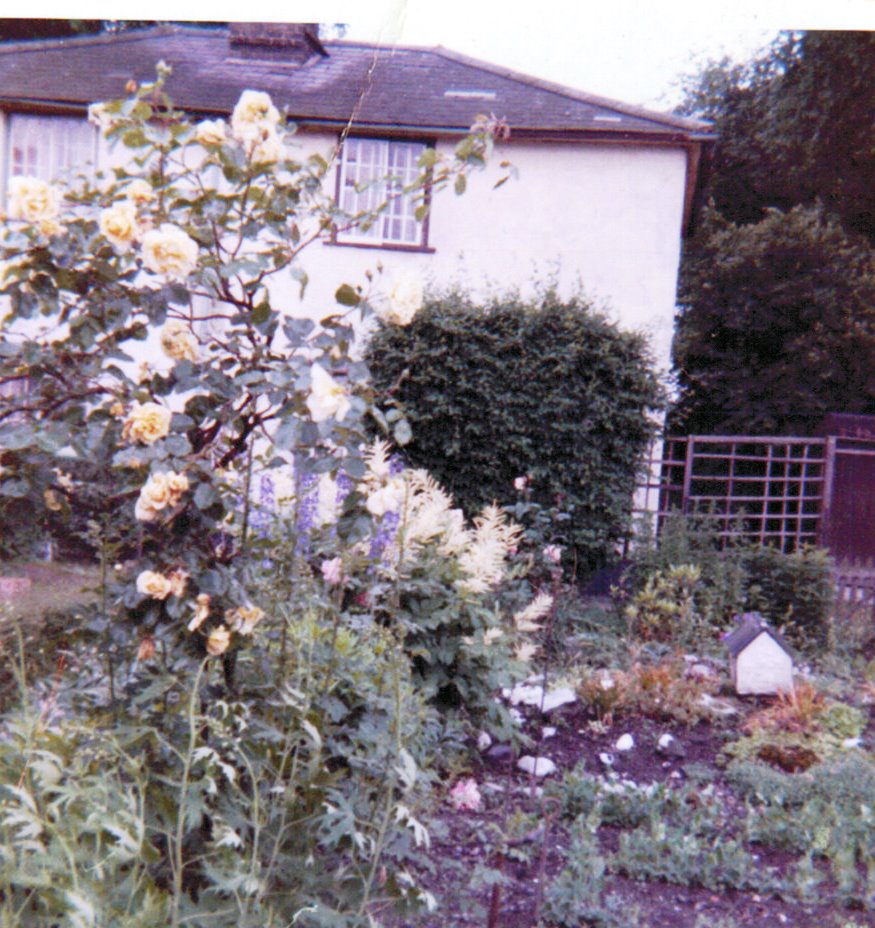
Samuel and Susan had four children, Violet Dorothy b1914, Florence b1918, Kathleen Dolly b1921 and David b1924. Susan also had a son Frederick (Fred) from an earlier relationship (see Perrin) and he also returned to live with them. They also cared for Samuel’s father David until he died at 79 years in 1941. At some point in the 1940’s Samuel commenced work as a house painter for the Cambridge Shire Council, which he continued to his retirement in 1953. Susan died in 1962 at the age of 80 and Samuel in 1966 aged 78. Our family line will continue through Violet the eldest daughter.
Let us look at the stories for Samuel and Susan’s children. Firstly, we have been unable to locate the married name or story for Hilda Sibbold, but who may have been registered at birth as Hilda Titchmarsh.
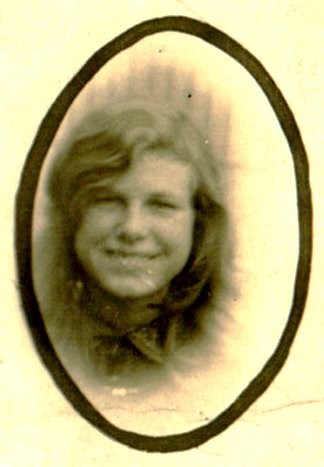
After leaving school, eldest daughter Violet worked, with her father and sister, at the local paint and adhesive factory in Stapleford as a line hand and then later worked as a Shop Assistant in Great Shelford. Violet married Eric Parsons also from Great Shelford in 1937. Violet will continue the family line as Violet Parsons.
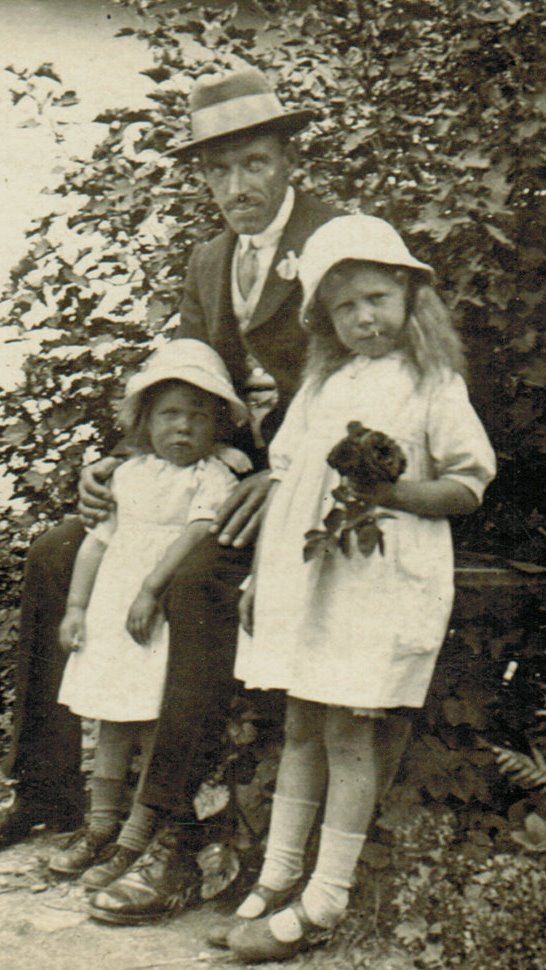
Daughter Florence worked in Great Shelford, probably at the adhesives factory, until she contracted TB. Florence was admitted to the Papworth TB Sanatorium and died there in 1947 aged 29. Violet’s son Tony Parsons was taken to visit and can recall waving to his Aunt from the grounds of the Sanatorium.
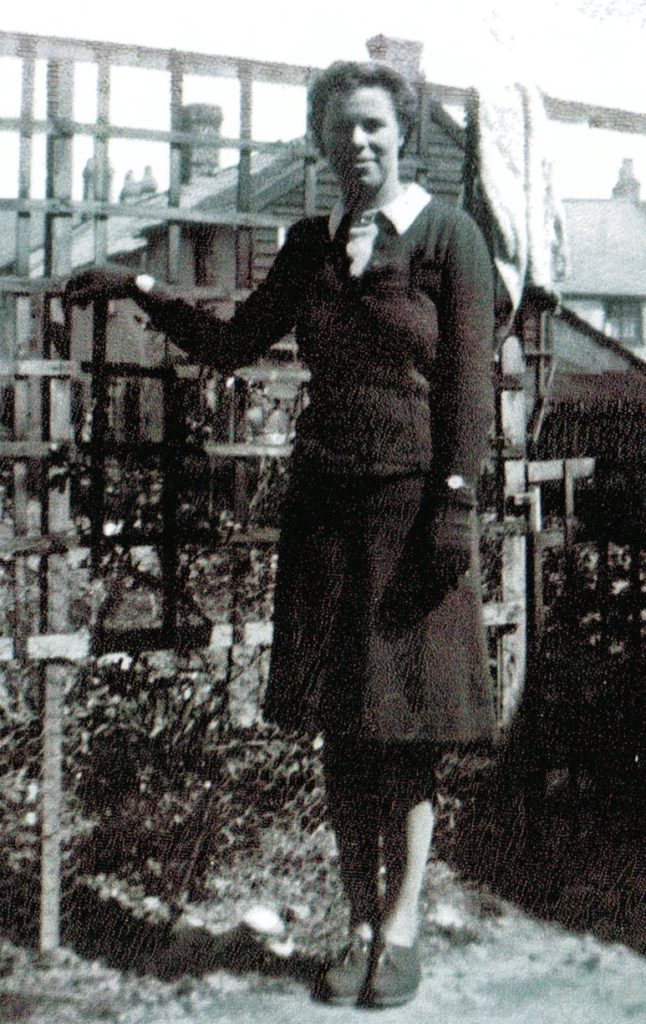
Youngest daughter Kathleen Dolly worked as a Shop Assistant in Great Shelford.
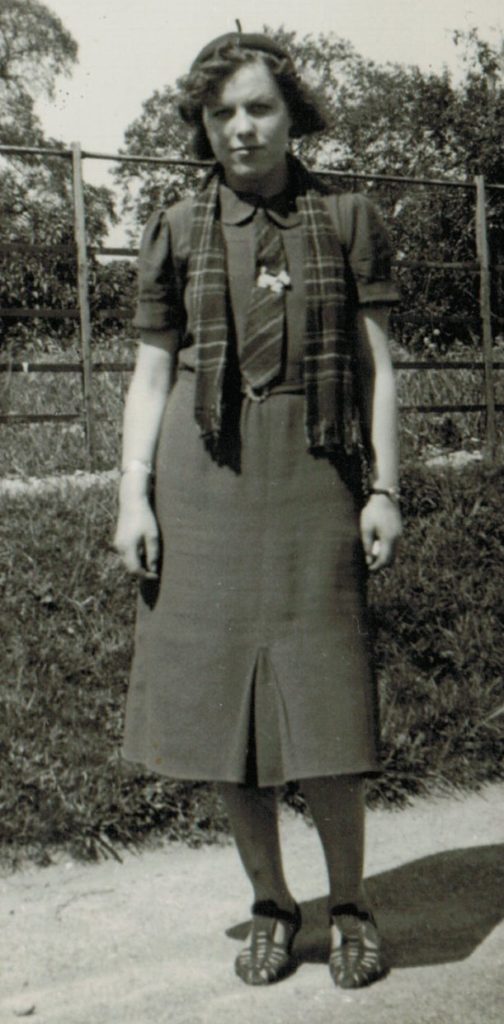
She married Alfred Taylor b1919 from Folkestone, Kent in 1940, who was in the RAF and stationed at Duxford, in the Shelford area, during the Second World War. After the War they continued to live in Great Shelford with Alfred working for the Cambridgeshire Council as a Rent Collector and then Property Manager.
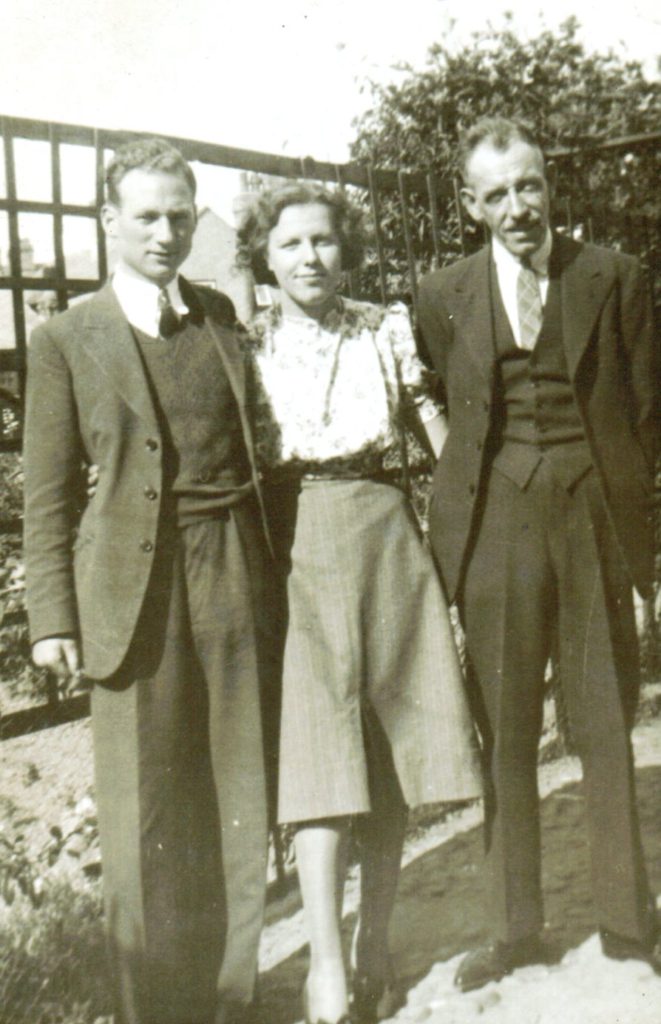
Alfred’s RAF record is of significant interest to expand further. Alfred (Alf) was a 15 year old Boy recruit apprenticed into the RAF in 1935. In June 1937, when he was 18 years, Alf was engaged by the RAF for a 12 year term and posted to RAF No.2 Wing at Halton, Buckinghamshire. In 1938 he was transferred to 19 Squadron at Duxford, Cambridgeshire, as an aircraftsman fitter, and worked consistently on fighter aircraft, such as the Spitfire and Hurricane. His specialisation on the relatively new Hurricane was recognised in 1941, when he was promoted to Corporal and transferred to the elite 134 Squadron and shipped with 200 other personnel to Murmansk, Russia. Murmansk was a Russian airforce base in the Arctic Circle from which the Russian P30 Bombers were operating. Unfortunately they did not have fighter cover against the German airforce. The 134 Squadron task was to deliver and assemble a squadron of Hurricane fighters to the Russians, train the pilots and ground crew in their operation and return in 12 months. This special mission took place and was successfully carried out. Alf returned, as a Sergeant, after a year, to Duxford for a short period before being transferred with 134 Squadron to India where he served until 1945. His final postings in India, prior to repatriation, were with RAF Bombay Base after which he returned to Bassingborne, Cambridgeshire. Alf’s 12 year term was concluded in 1949 at Bassingborne, when he transferred to the RAF Reserve for a further 4 year period.
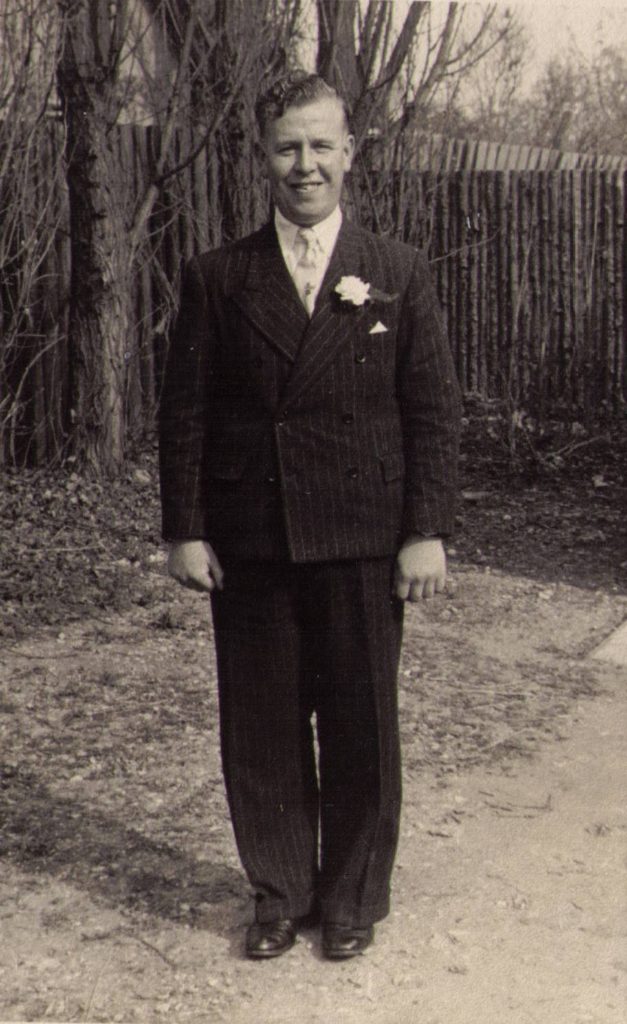
Samuel and Susan’s youngest son David worked at the local Robinson Dairy all of his working life and married Lorna Saxby b1920 of Great Shelford in 1953. Lorna died in 1998 and David died aged 76 in 2000. David was in a Commando Regiment in WW2 and was wounded at the initial Normandy landing in 1944, returning home to hospital.
In summary, what can we say about the Titchmarsh family? Through the late 18th and whole 19th Century, like the Perrin’s, they were very much tied to the land and in a small area south of Huntingdon and which today is all part of Cambridgeshire. Again all the youngsters did go to school but were usually working before they were 13years and in some cases when they were 10 years old.
This emphasis on agricultural employment could be expected for this region. The Titchmarsh’s, like the Perrin’s, were again agricultural labourers or the women in domestic service. Basically low paid hardworking people. At the turn of the 20th Century there are signs of change and movement as agricultural products are industrialised and factory labouring pays more than on the land.
Tony Parsons has added some verbal comments:
‘My Grandfather Samuel and Nanna Susan were poorly paid all their life but still had an amazing respect for the local gentry and the conservative ruling class. This was always a point of argument between them and me, who I loved dearly. Their patience and tolerance of what went on around them always astounded me and grandpa would always touch his hat to the local gentry riding by on their horses.
A little more context information is required to fully explain the depth of my feelings. Samuel and Susan brought up three girls and a boy and looked after great grandpa David until the children were adults and leaving home. The cottage they tenanted was a semi-detached two storey plaster and lath construction with one living room 10m2 and a scullery of 5m2 downstairs. Upstairs, reached by a narrow spiral staircase, was the same layout – one bedroom and a box room. As I know this Woollards Lane cottage well, having lived there for a while myself, I know it was not unusual and all of our family lived in similar small cottages, but I have to ask: how did so many people live in such small houses?
Things that I can remember are probably helpful in setting the context to this question. In 1945-47 the wood stove was taken out of the living area and a gas stove put into the scullery. The cottage had an earth floor with different carpets laid over the top at different times. The floor remained like this until the cottage was demolished in the 1960’s. There was no running water or drainage in the house. The toilet was in the yard and collected weekly, again throughout their life in the cottage. The water was brought into the scullery in a bucket and the slops went out in another bucket. There was no electricity and only gas mantle lighting in the living room and scullery. Upstairs we used candles or later torches. The prize asset of the household was a radio that ran with accumulator batteries. I left this house, as I have described, in 1964 with Samuel still living there.’